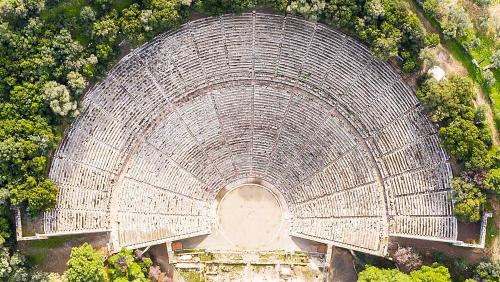Incinerators are an often-overlooked but highly effective method for managing waste and generating energy at the same time. These facilities use high temperatures to burn trash and convert it into useful energy, such as electricity or heat. While some may have concerns about the environmental impact of incinerators, advances in technology have made them a much cleaner and more efficient option for waste disposal.
One of the key benefits of incinerators is their ability to reduce the amount of waste that ends up in landfills. Landfills can be harmful to the environment, as they release methane gas, a potent greenhouse gas, when waste decomposes. By burning waste instead of burying it, incinerators can help reduce the amount of methane released into the atmosphere. Additionally, incinerators can help reduce the need for new landfills, which can be difficult to site and expensive to build.
Another major advantage of incinerators is their ability to generate energy from waste. When waste is burned in an incinerator, the heat produced can be used to generate electricity or heat buildings. This can help reduce reliance on fossil fuels and lower greenhouse gas emissions. In fact, incinerators are considered a form of renewable energy, as waste is a continuously available fuel source.
In addition to generating energy, incinerators can also help reduce the volume of waste that needs to be transported to landfills. This can lower transportation costs and reduce the environmental impact of waste disposal. Incinerators are also highly efficient at reducing the volume of waste, as the high temperatures they use can incinerate a large amount of material in a relatively short period of time.
However, it is important to note that not all incinerators are created equal. Older incinerators may release harmful pollutants into the air, such as dioxins and heavy metals. To address these concerns, modern incinerators are equipped with advanced pollution control technologies that can capture and neutralize these pollutants before they are released into the environment. These technologies include scrubbers, filters, and monitoring systems that ensure emissions stay within safe limits.
Overall, incinerators can be a powerful tool for waste management and energy generation. By burning waste at high temperatures, incinerators can reduce the amount of waste that ends up in landfills, generate renewable energy, and lower greenhouse gas emissions. With the right technology and regulations in place, incinerators can play a crucial role in a sustainable waste management system.





